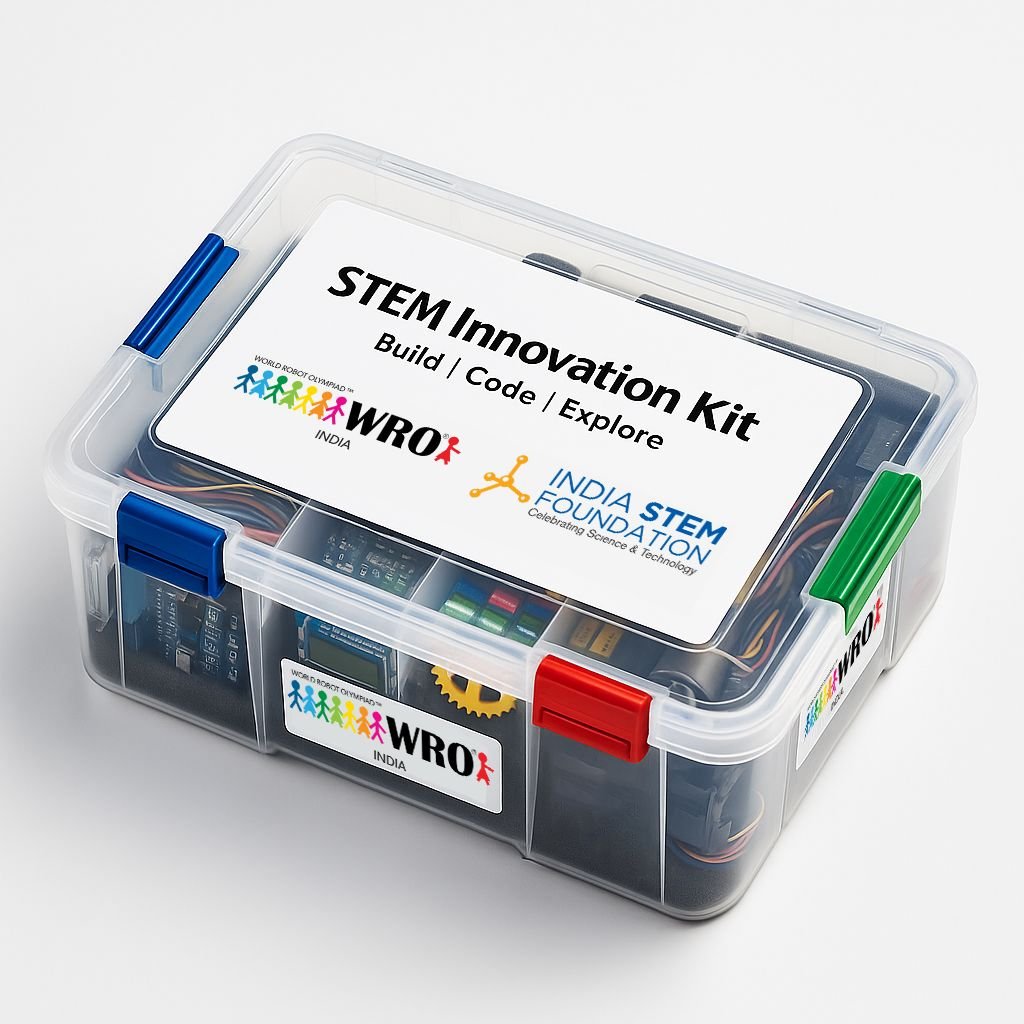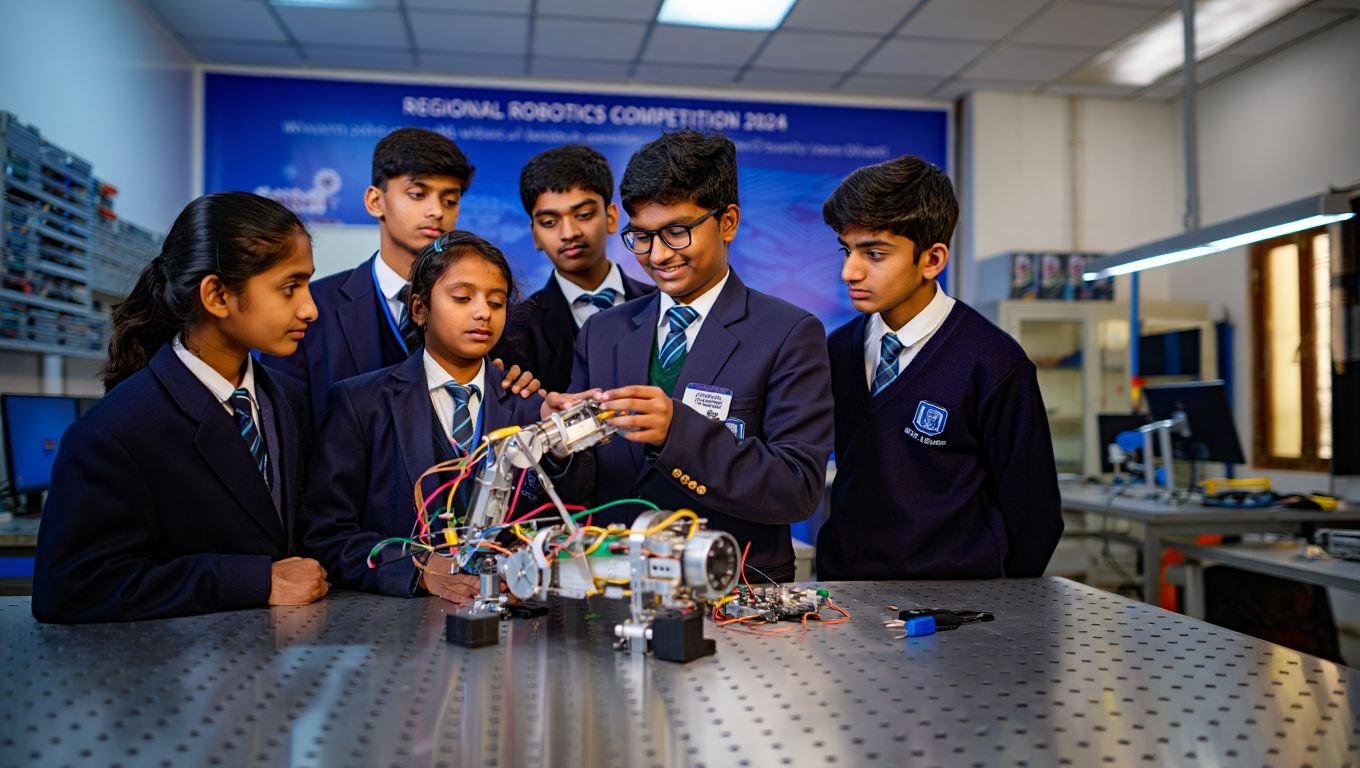The term STEM education refers to a teaching strategy that prioritizes these four subjects in order to better prepare children for the future: science, technology, engineering, and mathematics. STEM education integrates practical applications and hands-on learning experiences to foster inventive thinking, problem-solving, and critical thinking skills. STEM education, as opposed to traditional education, pushes students to use their imaginations and work together to solve challenging problems. It is essential for promoting technical literacy and giving them the tools they need to pursue new occupations in a world that is changing quickly. STEM education equips people to be innovators and leaders in their professions by fostering curiosity and resilience.
The necessity to prepare students for an increasingly complicated world and technology improvements have led to a substantial evolution in teaching and learning approaches in the twenty-first century. Conventional approaches are being redesigned with an emphasis on problem-solving, creativity, and critical thinking skills, especially in STEM education. It is imperative to employ creative techniques to enhance STEM education and provide students with the necessary information and competencies for their future employment. This article examines how cutting-edge teaching strategies, such as project-based learning, technology integration, and collaborative tools, are revolutionizing STEM education and equipping students to succeed in a world that is changing quickly.
The Need for 21st-Century Teaching and Learning Practices
Changing Job Market: Skills like adaptability and problem-solving are essential for modern jobs, particularly in STEM fields, yet are rarely taught in traditional classrooms.
Technological Advancements: Teaching strategies that incorporate tech literacy and digital skills are necessary due to the proliferation of digital tools and technologies.
Limitations of Traditional Methods: Conventional methods have drawbacks. Passive learning and rote memorizing are outdated and do not give pupils the skills they need to succeed in the real world.
Put Critical Skills First: Prioritizing critical thinking, creativity, and teamwork equips students to tackle intricate, practical problems.
Personalized and Active Learning: 21st-century methods actively involve students while meeting their unique learning requirements and styles.
Future Innovators: Innovative teaching methods develop creative thinkers and problem solvers who are ready to take on leadership roles in STEM and other disciplines.
A key player in developing 21st-century teaching and learning strategies to improve STEM education nationwide is the India STEM Foundation. The Foundation assists educators in implementing cutting-edge techniques like Project-Based Learning (PBL) and blended learning in STEM classrooms by offering resources, training, and support. Innovative technologies such as robots and coding platforms are frequently incorporated into curricula as part of their initiatives, which are in line with contemporary teaching methods and enhance the accessibility and interest of STEM disciplines. The Foundation also places a strong emphasis on providing educators with the professional development resources necessary to effectively employ digital tools and instructional practices that promote critical thinking and problem-solving. Through these initiatives, the India STEM Foundation makes a substantial contribution to the transformation of STEM education, guaranteeing that students are equipped with the knowledge and knowledge required for success in the 21st century.
21st Century Teaching and Learning Practices
Project-Based Learning (PBL): PBL is a dynamic teaching method in which students actively investigate issues and difficulties from the real world. Students work on projects that call for critical thinking, problem-solving, and decision-making in place of typical lectures. With this approach, students apply their knowledge instead of merely memorization of facts, which fosters deep learning. It also aids in the development of interpersonal, teamwork, and time management abilities.
An example might be a class that integrates science, math, and engineering principles to design a sustainable city plan.
Flipped Classroom: Using readings, videos, and other resources, students in the flipped classroom model study new ideas at home. After that, class time is devoted to debates, group projects, and practical problem-solving.
With this method, teachers can provide each student with more individualized attention in the classroom, which encourages active learning as students get more involved in the material.
Example: A math teacher assigns instructional videos for homework and uses class time for complex problem-solving exercises.
Collaborative Learning: To finish assignments, resolve issues, or comprehend topics, collaborative learning encourages students to work in groups or pairs. Peer-to-peer learning and communication are emphasized. Pupils acquire listening, speaking, and respecting diverse points of view—skills that are critical in both academic and professional contexts.
As an illustration, consider cooperative research assignments, peer review procedures, and group projects.
Technology Integration: Using digital tools like tablets, interactive whiteboards, educational apps, and online platforms to improve learning experiences is known as technology integration in education. Tech integration boosts engagement, gives students access to a multitude of tools and knowledge that traditional methods cannot, and gets them ready for a society that is increasingly tech-centric.
For instance, using virtual labs to carry out science experiments or coding apps to teach the fundamentals of programming.
Gamification is the technique of adding game design components, such as points, levels, challenges, and rewards, to the learning process in order to increase its degree of engagement. Through competition, immediate feedback, and accomplishment acknowledgment, this method makes learning engaging and productive for pupils.
As an illustration, try using quiz systems like Kahoot! or Minecraft Education to educate engineering and history.
Adaptive learning software, which modifies learning activities in real-time based on student performance, is frequently used in personalized learning to customize training to each student’s unique requirements, interests, and strengths. With this method, every student can advance at their own speed and grasp concepts before going on.
As an illustration, consider online learning environments that offer personalized curricula and evaluations according to student progress.
Integration of STEM and STEAM subjects: STEM education centers on Science, Technology, Engineering, and Mathematics (STEM), whereas STEAM incorporates the Arts to promote creativity and comprehensive education. This method promotes interdisciplinary education, in which different subjects are taught together rather than separately. Pupils acquire a wide range of skills, including problem-solving, creativity, and technical proficiency.
An instance of this might be a robotics course that builds working robots using design thinking and creative expression.
Integrating Technology in STEM Education
Technology-enhanced STEM education improves learning by offering cutting-edge instruments and materials that render difficult ideas more approachable and interesting. In ways that traditional approaches cannot, students can conduct experiments and visualize data with the use of digital tools like virtual labs and interactive simulations. Personalized learning is supported by educational software and apps, which let students go at their own speed and get customized feedback. Giving children the opportunity to create and engage with technology, coding, and robotics serves a vital role in developing computational thinking and problem-solving abilities. Learning can become more dynamic and meaningful by utilizing immersive experiences provided by augmented reality (AR) and virtual reality (VR), which bring abstract STEM topics to life. Students can interact with classmates and professionals worldwide through the abundance of information and collaboration opportunities offered by online platforms and tools. These technologies make STEM education more dynamic and in line with the demands of a technologically advanced society, preparing students for professions in a subject that is changing quickly in the future.
To sum up, Through practical applications and hands-on experiences, STEM education focuses on the goal of preparing students for future problems. In contrast to conventional approaches, STEM education promotes creativity and teamwork, which leads to the development of critical thinking, problem-solving, and imaginative thinking skills. The necessity to address these abilities is reflected in the growth of teaching practices in the twenty-first century, with new methods like Project-Based Learning (PBL), technology integration, and collaborative tools altering STEM education. By providing educators with tools and training, integrating cutting-edge technologies, and advocating for creative teaching strategies, the India STEM Foundation is important in this shift. The Foundation contributes to ensuring that students have the information and abilities needed to prosper in a world that is changing quickly by incorporating these practices into the curriculum.




